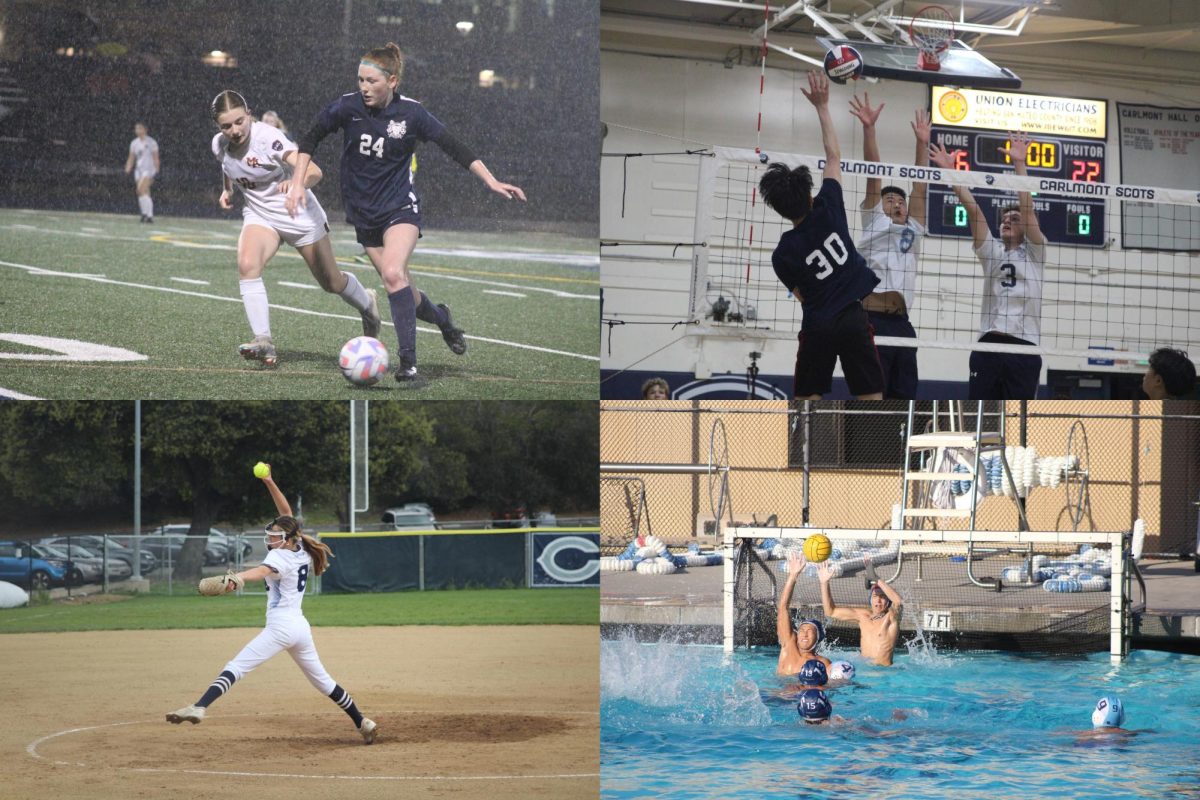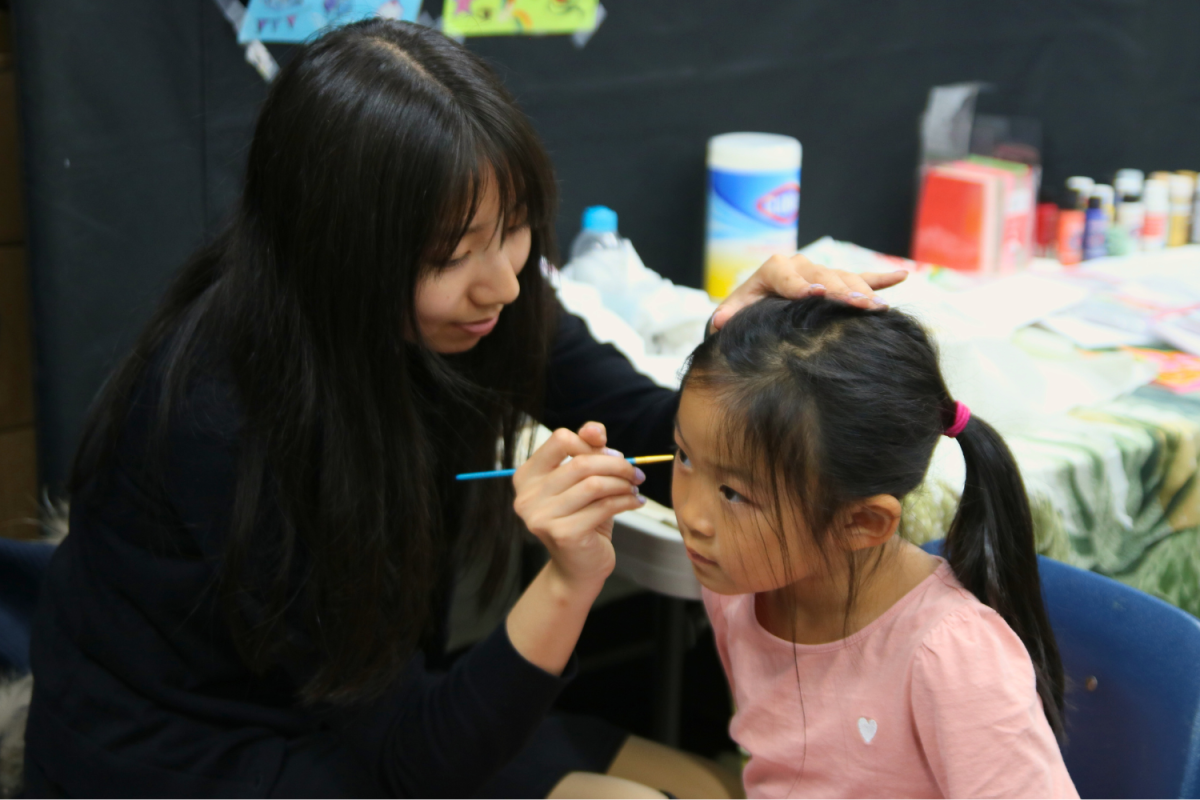America is a vibrant mosaic of diverse cultures and individuals, each unique and different. While many countries promote and celebrate diversity, even now, certain communities continue to be marginalized and overlooked in institutions of education.
When discussing the representation of marginalized communities, people tend to mention the subject of history. As curriculum and textbooks differ between schools and states, according to the “New York Times,” the history taught to American students also varies.
For instance, although a textbook from Texas and the same textbook from California share a publisher, the state altered the contents of the books in accordance with their political views. Furthermore, other textbooks that portray history in different manners might fail to encompass all stories and instead be based on one perspective.
“You have certain textbooks that call enslaved people workers. As if they were workers that were earning a wage, which is a gross misrepresentation of history,” said Amos Lee, an assistant professor of education at the University of California, Riverside.
Where one resides also influences the curriculum and subjects available to them. Many factors affect the quality of education at a school and as funding varies from school to school, different schools will have different resources and courses available to their students.
“I spoke to a friend who grew up a few towns over from me in the suburbs of Chicago. While in high school, I thought our education, both from public schools, was comparable. But recently, she told me that her school offered no AP courses because they didn’t have the funding or staff to teach them. My school offered a multitude of courses, and the public high school a few towns in the opposite direction offered double what my school did,” said KJ Queen, the Director of Diversity and Equity – Advocacy for Graduate Student Government at the University of South California.
Differences in the availability of resources at schools can negatively impact the futures of their students as they create obstacles in their pursuit of higher education or professional careers. Disparities in education go beyond individual schools as different states endorse different political views and agendas, which influences what they are inclined to include and exclude in the education of their students.
In recent years, this has been made apparent in Florida’s “Don’t Say Gay” law, which prohibits classroom discussion of gender identity and sexual orientation in certain grade levels. This law has sparked discussion and it is not the only topic that has.
“In America overall, the number one topic that comes to mind is the suppression of critical race theory in classrooms in Florida and several other states. If children don’t hear about systemic racism and its effects on everyday life, from school funding to federal law, how is anything supposed to change?” Queen said.
According to Lee, not properly teaching about these communities’ histories can harm children of color because they will not be aware of their own history in America, their people, and their contributions.
“I think for people of color, it is because it concerns your identity. When you don’t adequately talk about the contributions of communities that have been left out previously, what happens is that people don’t have an understanding of who they are,” Lee said.
Although identity is an essential component of why the representation of marginalized communities is vital in education, the disadvantages these marginalized communities face are another major factor.
“People of color, women, disabled folks, or any other person with a marginalized identity are not less deserving of a spot at a prestigious university or a high-caliber job. The truth is that systemic racism and oppression have put them at a major disadvantage, and one way that we can work to close the gap is by ensuring education equality,” Queen said.
Zhanna Paredes, a senior and president of the Dream Volunteers club, which connects and educates young people worldwide to address today’s most pressing challenges, echoes these views.
“Education equality is important because everyone should be able to get equal opportunities to learn and be given the same opportunities to succeed. Some people have to work a lot harder than others, which is unfair and gives people disadvantages they have no control over,” Paredes said.
Although many people typically think of history classes when discussing the lack of representation for marginalized communities in schools, there are other subjects where this issue is prevalent.
“Think about the names we use in math problems. It is so easy to use the names Joe and Sam. But would you find a Chinese or a Vietnamese name there? No,” Lee said.
Despite the wide range of issues when attempting to resolve this concern in education, people have suggested many ideas or steps toward improvement.
“The first step is to be aware that there are inequalities and be aware of the advantages that some people have. Just knowing that this issue exists is helpful as this will lead to more awareness,” Paredes said.
Aside from awareness, addressing some factors of educational inequality, such as a shortage of resources, is another way people can work towards integrating more representation and diversity into education. Even students, who have become more educated on these realities in education, can create change to help alleviate this issue.
“One way students can help with this is to volunteer their time at schools in their area with fewer resources: offer free tutoring in your favorite subject or join the local Big Brothers Big Sisters organization. You can also speak with your local government representatives about the inequalities and ask them what they are doing to help rectify the situation,” Queen said.
Even with these efforts towards mitigating the lack of representation of marginalized communities in education, this is still an ongoing issue that negatively affects students as these efforts are still works in progress.
“Many universities have taken steps in the past few years to improve representation. Some that come to mind are the creation of roles focused on DEI initiatives, general education requirements focused on diversity, and audits of their practices done by outside institutions. I think it is still too early to know how effective these efforts have been, but I’m glad to see something being done nonetheless,” Paredes said.






















